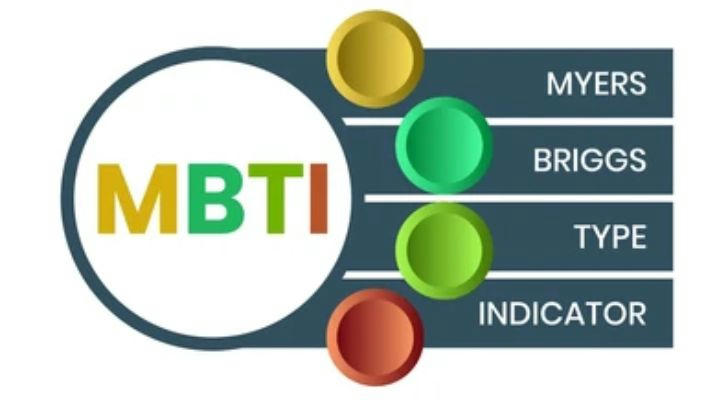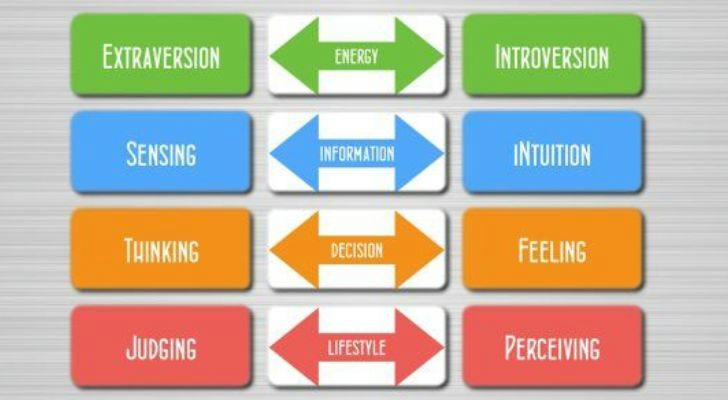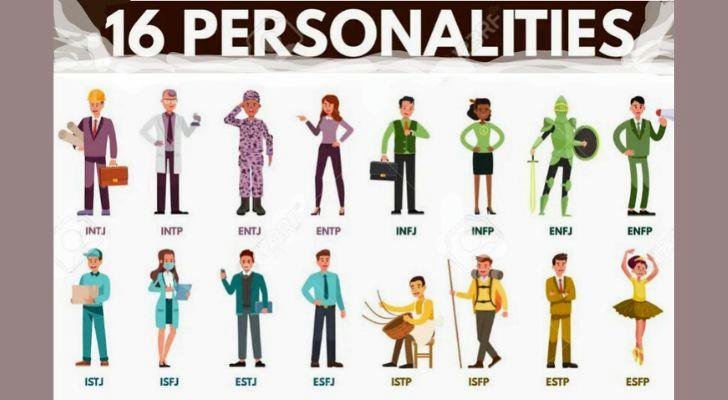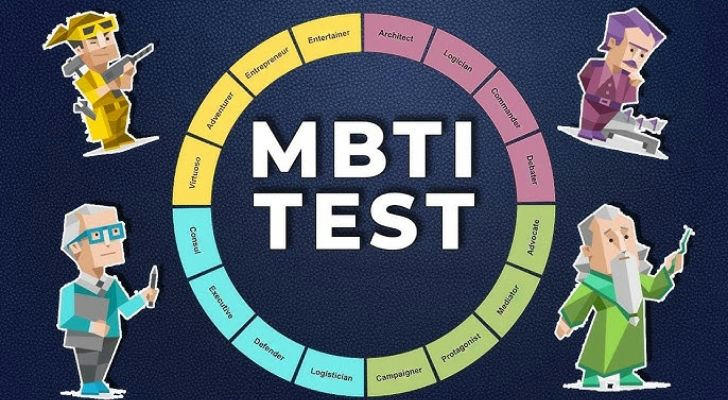Unveiling the 16 MBTI Personality Types: What These Mysterious Letters Reveal About You
Have you ever wondered why some people thrive in social settings while you feel more energized when you’re alone? Or why your friend makes quick decisions while you prefer to weigh every possible option? These differences often stem from personality — and the MBTI (Myers-Briggs Type Indicator) can help explain them.

The MBTI is one of the most widely used personality assessment tools in the world. It reveals not only your personality type but also your strengths, preferences, and even the kinds of environments where you’re most likely to thrive. In fact, many employers use MBTI results to determine whether job candidates will fit well within a team or role.
Curious about your own personality type? You can take the MBTI test here and discover insights that may surprise you!
In this article, we’ll explore the four dimensions of MBTI, take a deep dive into the 16 unique personality types, and show how this knowledge can help you better understand yourself and others. Get ready for some eye-opening insights!
What Is MBTI and Why Is It So Popular?
The Myers-Briggs Type Indicator is based on the psychological theories of Carl Jung and was later developed by Isabel Myers and Katherine Briggs. The MBTI classifies people into 16 personality types, each represented by a four-letter code (like INFJ, ESTP, or INTJ). These letters describe your preferences in four key dimensions:
Where you draw energy from: Extroversion (E) vs. Introversion (I)
How you take in information: Sensing (S) vs. Intuition (N)
How you make decisions: Thinking (T) vs. Feeling (F)
How you interact with the outside world: Judging (J) vs. Perceiving (P)
These personality types aren’t about good or bad — they’re about understanding your natural inclinations and how you engage with the world around you.

The Four Dimensions of MBTI: A Closer Look at What Shapes You
To fully understand the 16 personality types, we first need to break down the four fundamental dimensions that shape your unique character. Think of these as switches that, depending on their position, create the unique combination of traits that make you who you are.
1. Extroversion (E) vs. Introversion (I): Where Do You Get Your Energy?
Extroverts (E): Thrive in social settings and recharge through interaction with others. They’re typically outgoing, talkative, and comfortable working in groups.
Introverts (I): Feel most energized by spending time alone or engaging in deep, one-on-one conversations. They’re often reflective, thoughtful, and focused on their inner world.
Common Challenges:
Extroverts often feel drained when they spend too much time alone.
Introverts can struggle in environments where constant collaboration and quick responses are required.
2. Sensing (S) vs. Intuition (N): How Do You Take In Information?
Sensing (S): Rely on concrete facts and details. They focus on what’s happening in the present and trust information they can observe directly.
Intuition (N): Prefer to think about possibilities and the bigger picture. They are more comfortable interpreting abstract concepts and imagining future outcomes.
Common Challenges:
Sensing types may focus so much on details that they miss broader opportunities.
Intuitive types sometimes overlook practical realities in favor of abstract ideas.
3. Thinking (T) vs. Feeling (F): How Do You Make Decisions?
Thinking (T): Base their decisions on logic, objectivity, and consistency. They prioritize fairness and efficiency.
Feeling (F): Consider emotions and the impact on others when making choices. They value empathy, harmony, and relationships.
Common Challenges:
Thinkers may come across as too blunt or insensitive.
Feelers risk making decisions that prioritize emotions over practical outcomes.
4. Judging (J) vs. Perceiving (P): How Do You Approach the Outside World?
Judging (J): Prefer structure, plans, and organization. They like to stick to schedules and complete tasks in a systematic way.
Perceiving (P): Value flexibility and spontaneity. They’re more comfortable going with the flow and adapting to change.
Common Challenges:
Judging types can become stressed when plans change unexpectedly.
Perceiving types may struggle with procrastination or lack of clear direction.
The 16 MBTI Personality Types and What They Reveal About You

With these four dimensions in mind, the MBTI combines them into 16 possible personality types. Each type represents a unique blend of strengths, challenges, and preferences. Let’s take a closer look:
INTJ (The Architect): Independent, strategic thinkers who set high standards and often strive for perfection.
INTP (The Thinker): Analytical, curious, and inventive, with a deep love of knowledge.
ENTJ (The Commander): Bold, decisive leaders who thrive on organization and problem-solving.
ENTP (The Debater): Energetic, quick-witted, and always ready to challenge ideas and explore possibilities.
INFJ (The Advocate): Compassionate visionaries with a rare combination of idealism and practical action.
INFP (The Mediator): Creative, sensitive individuals driven by their strong values and artistic spirit.
ENFJ (The Protagonist): Natural-born leaders who inspire and support others through charisma and empathy.
ENFP (The Campaigner): Enthusiastic, free-spirited, and brimming with new ideas.
ISTJ (The Logistician): Reliable, detail-oriented, and committed to following through on responsibilities.
ISFJ (The Defender): Warm-hearted, loyal protectors who thrive on helping others.
ESTJ (The Executive): Organized, efficient, and focused on ensuring things run smoothly.
ESFJ (The Consul): Outgoing, nurturing, and dedicated to creating harmony in their communities.
ISTP (The Virtuoso): Practical, hands-on problem-solvers with a love of action and adventure.
ISFP (The Adventurer): Artistic, easygoing souls who live in the moment and value personal freedom.
ESTP (The Entrepreneur): Dynamic, spontaneous risk-takers who excel in fast-paced environments.
ESFP (The Entertainer): Fun-loving, creative individuals who bring energy and excitement wherever they go.

How to Use MBTI to Boost Your Career and Personal Growth
Knowing your MBTI type isn’t just interesting — it’s practical. Here’s how you can apply this knowledge:
Find the Right Career Fit: Certain personality types naturally thrive in specific roles. For instance, ENTJs often excel in leadership positions, while INFPs shine in creative fields.
Improve Teamwork: Understanding the MBTI types of your colleagues can help you communicate better, resolve conflicts more easily, and collaborate more effectively.
Plan Your Personal Development: Use your type’s strengths and challenges to guide your self-improvement efforts. For example, if you’re an introvert, you might focus on building your networking skills.
Final Thoughts: Knowing Yourself Is the First Step to Success
The MBTI is more than just a personality test — it’s a powerful tool for self-discovery and growth. By understanding your unique type, you can make better decisions, build stronger relationships, and create a life that aligns with your true self.
So, what’s your MBTI type? How has your personality shaped your experiences and choices? Share your thoughts — we’d love to hear your story!
